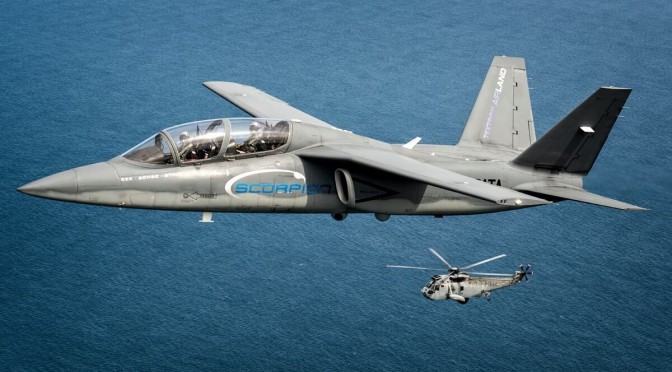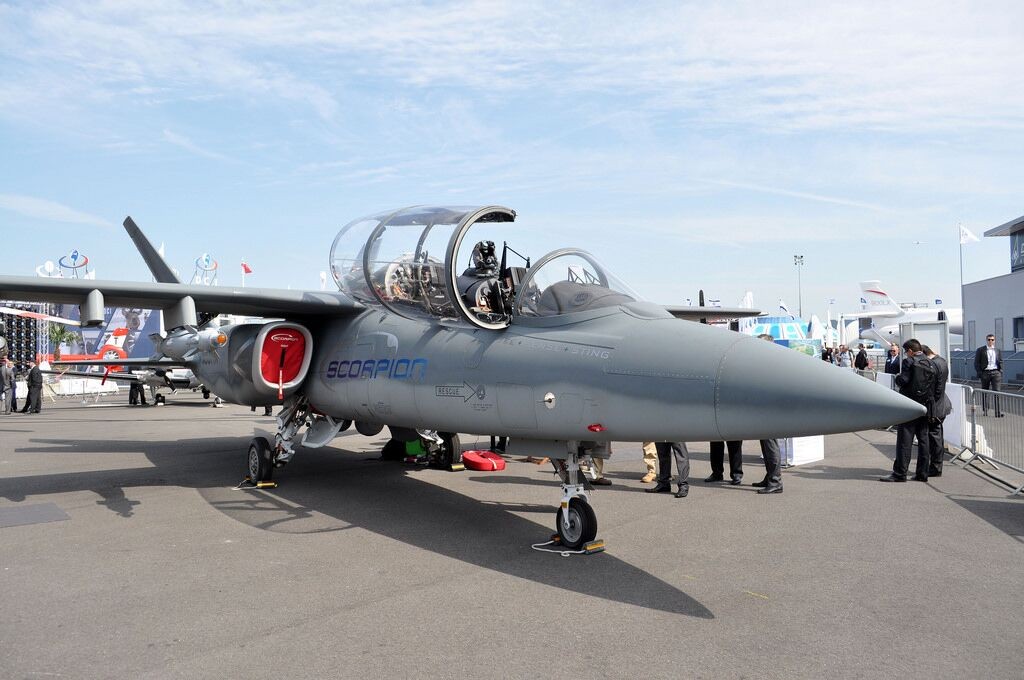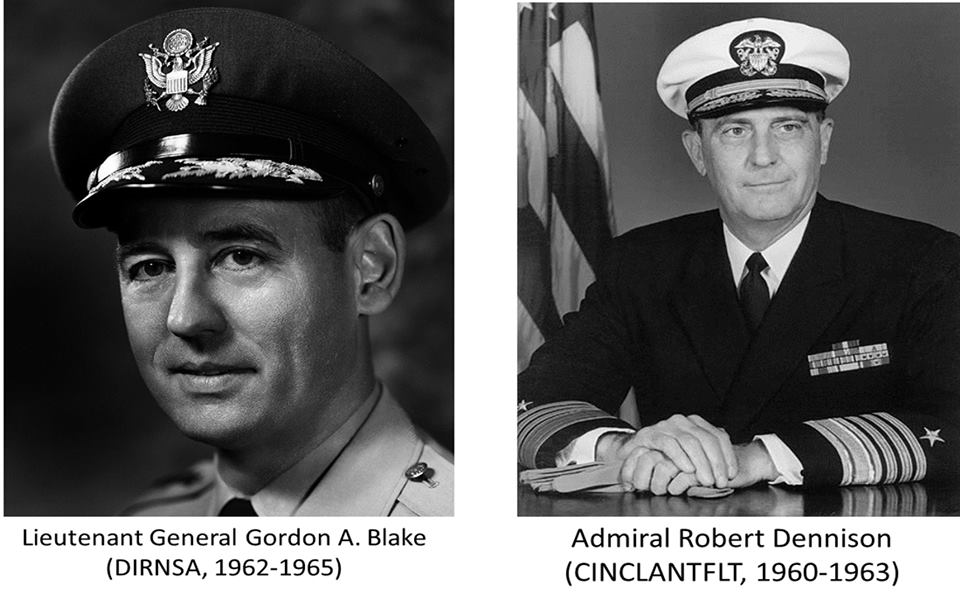Interview performed by Alex Calvo
The sea is a vital venue for trade and national security, and also holds the key to understanding much of our past. From the dispute over the South China Sea, to the protection of sea graves such as HMS Prince of Wales and HMS Repulse, maritime archaeology matters. Sarah Ward, a maritime archaeologist, diver, and outreach specialist, who works for ArchaeoMar Australasia (a cultural heritage practice based in Sydney Australia) and has her own blog, has kindly agreed to tell CIMSEC a bit more about her work.
[otw_shortcode_button href=”https://cimsec.org/buying-cimsec-war-bonds/18115″ size=”medium” icon_position=”right” shape=”round” color_class=”otw-blue”]Donate to CIMSEC![/otw_shortcode_button]
CIMSEC: When did you decide to become a maritime archaeologist and why?
Ward: As a child I had a fascination with the sea. I grew up on my parent’s boat, diving and exploring the shipwrecks of Tangalooma Island (near Brisbane, Australia). I was obsessed with Jacques Cousteau and when not splashing about in the water, would spend hours poring over his books and films. Then having worked in finance for a number of years, and with an MBA under my belt, I decided that life was too short and it was time that I did what I loved. A water baby with a passion for the past, I eventually abandoned my desk job, took the plunge and proved that it is possible to turn your passion into a challenging and rewarding career.
CIMSEC: What kind of training is needed for this job? What are the main skills required?
Ward: To become a maritime archaeologist, you would generally need to complete an undergraduate degree in archaeology, followed by a masters degree in maritime archaeology. You might also like to complete studies in the time period or geographic region you are interested in e.g. Roman History or Asian studies, and, if you wish to teach at tertiary level, a relevant PhD. If you wish to work underwater (which not all maritime archaeologists do), this will need to be topped off with commercial diving certification (e.g. from the HSE in the UK or ADAS in Australia).
With regard to the core skills of a maritime archaeologist, these fall into three main areas: intellectual, practical, and administrative.
- Intellectual skills include (but aren’t limited to):
- an understanding of the history, languages, and culture of the period and area/site in which you work;
- an understanding of the theory and concepts of archaeological practice, such as sequence, relation, association, chronology, observation, synthesis, interrogation, and interpretation;
- a sound understanding of the ethical considerations and applications and an ability to understand and respond to the context in which archaeological work is conducted.
- Practical or technical skills include:
- diving (for those working under water);
- diving supervision (for those leading work under water);
- an understanding of geophysical and other prospection methods;
- data collection and retrieval, such as survey, recording, excavation, and pre-excavation and post-excavation data analysis;
- historical, archival, and topic-based research;
- first aid for finds and a basic understanding of preliminary conservation;
- an understanding of a broader scientific methods.
- Administrative/managerial skills are standard across any business or project management, including:
- remote area logistics (field & diving);
- financial and information management.
If you would like more details on the skills required, I led a study on benchmarking competency in maritime archaeology for the NAS a number of years ago; the study is online here.
CIMSEC: How does maritime archaeology differ from the more traditional, land-based variety?
Ward: The intellectual requirements are the same, however there are two key differences: the theme of study (human relationship with the sea); and the environment in which we work (intertidal zone or underwater). The environment brings its own challenges as the the tools, techniques, equipment and training required when working underwater, for example, can vary substantially to that employed on land.
CIMSEC: Which project are you currently working on? Could you tell us a bit about it?
Ward: My current research work is focused on the maritime archaeology of China, the maritime silk route and the early Ming Navy, notably the voyages of Zheng He and the resulting connections with Africa. I’m currently investigating evidence suggesting that one of the Zheng He fleet wrecked on the East African coast. This is significant as it could be the first vessel relating to the voyages that has been found. If so, it would give us an incredible insight into the expansionist Ming maritime policy and today’s parallels.
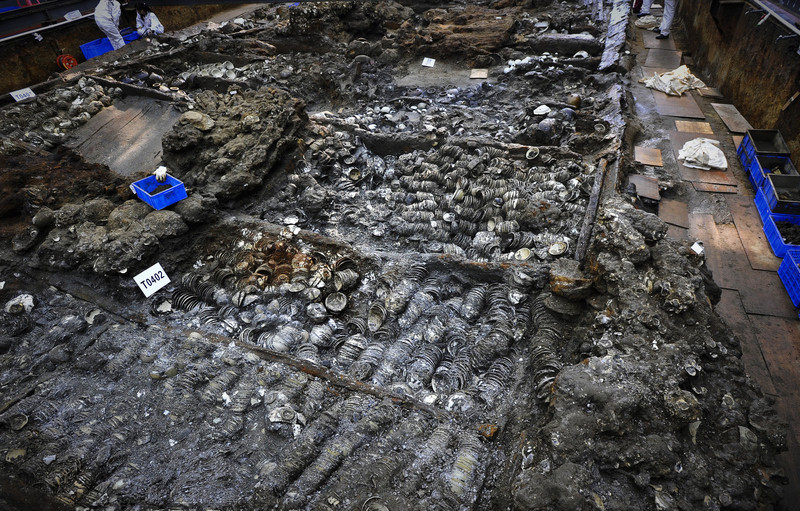
CIMSEC: What is your favorite past project and why?
Ward: Asking me to chose a favourite project would be like asking a mother to chose her favourite child! That said I have been fortunate enough to work on some incredible projects, with some incredible people. Present research excluded, here are a few of my favourites:
- Excavation of the a settlement on Gask Ridge, Scotland’s Roman Frontier, with Drs Brigitta Hoffman and David Woolliscroft of the Roman Gask Project – the information gained from the dig changed our understanding of the history of Roman Scotland;
- Excavation of King Henry VIII’s Tudor flagship the Mary Rose, when the sternpost and anchor was lifted;
- remote sensing survey of the Late Bronze Age, early Iron Age settlement at High Past Cave, on the Isle of Skye;
- Excavation of Kizilburun Roman Column Wreck on the Aegean Coast of Turkey with the Institute of Nautical Archaeology; and
- Excavation of the Scottish settlement of the Isthmus of Panama, the failure of which lead to the Union of the Crown in 1707.
CIMSEC: The dispute over the South China Sea has seen some claimants use archaeological evidence to support their claims. Is there a danger of the discipline being politicized? Could this result in restrictions on archaeological work?
Ward: The South China Sea dispute is an interesting situation. China claims sovereignty over almost 90% of the South China Sea, and has done since ancient times. To an extent, this claim is made on the basis that way back in China’s first dynasty, the Xia (c. 2070 – c. 1600 BC), China was apparently the first state to discover, name, explore, and exploit the contested Spratly (Nansha) and Paracel (Xisha) Islands. This claim is based more on historical, rather than legal grounds, and China is looking to the past to create a future – to the Han ceramics found on Taiping Island, Nanhai 1 off Hainan 20 nm off Dongping, the 200 submerged prehistoric sites identified between the Spratly and Paracel Islands, and to early maps and documents which support historic Chinese ownership.
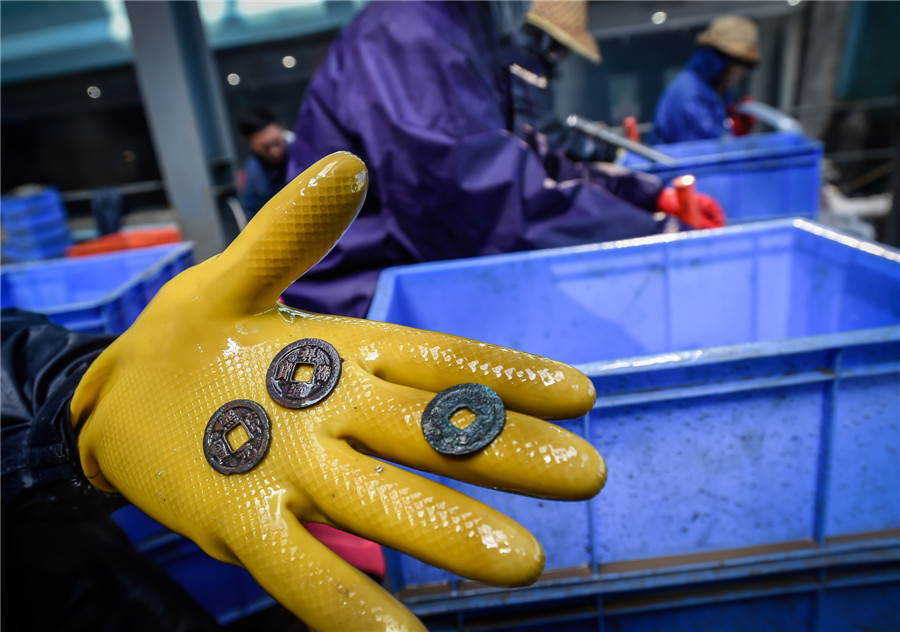
For China, this is a nation-building exercise. It’s also not the first time archaeology has been put to overt political use. In 1914, Leonard Woolley and Thomas (TE) Lawrence provided archaeological camouflage for a British military survey of the Turkish-controlled Sinai Peninsula. During World War I, Sylvanus Morley used his investigations of Mayan sites in the Yucatán as a cover to negotiate with rebel Mayan leaders for their support of U.S. interests.
Archaeology often reveals a contested space, a battleground for struggles over economic gain, heritage, and identity, and its practice often carries with it profound political implication. In China’s case, it can and has resulted in restrictions on archaeological work, such as when a French team working on a Chinese shipwreck off the Philippine coast was turned back by the Chinese on the basis of their sovereign claims.
CIMSEC: On the other hand, could international cooperation in maritime archaeology be part of confidence-building measures in disputed sea areas?
Ward: Absolutely. Confidence is the result of a dynamic process, based on past experiences, present perceptions, and future expectations, and affected by a multitude of elements. As confidence is especially sensitive to the behaviour of States, cooperation in maritime archaeology, which is a tenant of the UNESCO 2001 Convention, would be an excellent confidence-building measure.
China, Vietnam, Taiwan, Philippines, and Malaysia have a mutual, shared maritime heritage and our appreciation of the past determines how we shape our future. A shared heritage not only reminds us of our collective identity and cultural diversity, it also nurtures social belonging, promotes economies amongst local communities, and it deepens mutual understanding of each other’s values, histories, and traditions.
CIMSEC: Do you use unmanned submarines in your work? Do they offer the potential to radically transform our understanding of the maritime past?
Ward: Yes, quite often. In the past, for example, I’ve worked with the Australian Centre for Field Robotics at the University of Sydney to carry out a high-resolution shipwreck survey in deep water using Sirius, an autonomous underwater vehicle (AUV). The submersible is equipped with a full suite of oceanographic instruments, including a high-resolution stereo camera pair and strobes, a multibeam sonar, depth and conductivity/temperature sensors, Doppler Velocity Log (DVL) including a compass with integrated roll and pitch sensors, Ultra Short Baseline Acoustic Positioning System (USBL), and forward looking obstacle avoidance sonar. The result is effectively a 3D map of the shipwreck site to millimetric accuracy.
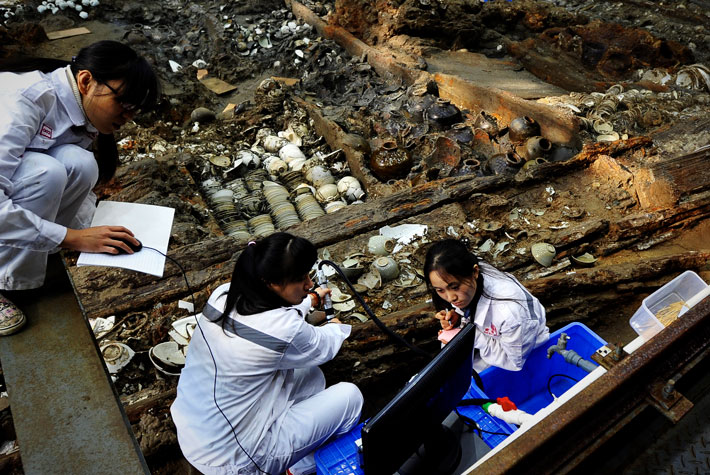
This technology allows us to locate, identify and survey submerged sites with greater accuracy than ever before, in smaller timeframes, in deep water and other environments not previously accessible to divers. The result is high quality, often real time data that can be used for interpretation, education, dissemination, and site monitoring in new and exciting ways.
CIMSEC: What is the best approach to protect sea graves? How to combine our thirst for knowledge about our past with the necessary respect for those who fell at sea?
Ward.- War graves at sea is a very sensitive issue, and one on which an international consensus has not been reached – in spite of the Geneva Conventions, their additional protocols, and international humanitarian law. The treatment of human remains in maritime museums was discussed at the ICMM in Hong Kong recently and there were as many opinions on what is appropriate, as there were people in the room.
The same diversity of opinion applies to war graves at sea. In the UK for example, the Protection of Military Remains Act 1986 protects human remains associated with the remains of military aircraft and vessels that have crashed, sunk or been stranded, from unauthorised interference. Australia on the other hand, has no such legislation.
Personally, I believe that the best approach is protection via the UNESCO Convention on the Protection of Underwater Cultural Heritage 2001. Underwater cultural heritage means all traces of human existence (including human remains) having a cultural, historical or archaeological character, which have been partially or totally under water, periodically or continuously, for at least 100 years.
The Convention sets out basic principles for the protection of underwater cultural heritage:
- an obligation to preserve underwater cultural heritage;
- in situ preservation as first option (note first, not best option; this allows for recovery in certain situations);
- no commercial exploitation;
- training and information sharing.
It also provides a detailed State cooperation system; widely recognized practical rules for the treatment and research of underwater cultural heritage; and for public access to sites up to the point where it becomes detrimental to the site.
With regard to war graves, first and foremost, the personal dignity of the deceased must be safeguarded, as must the relatives’ right to know the fate of their next of kin. Mechanisms must also be established for relatives to access the burial place and for their interest in recovering the dead to be registered.

CIMSEC: You have recently attended the International Congress of Maritime Museums (ICMM) in Hong Kong, could you tell us about the work of this organization? What were the highlights of the congress?
Ward.- ICMM was an absolutely fantastic event an one which I thoroughly enjoyed.
To give you some background, ICMM is a biennial congress attended by maritime archaeologists, maritime museum directors, and related maritime professionals from around the world. The aim of the congress is for delegates to network, share expertise and resources, and to learn about the international best practices in the capacity of maritime museum operations and management, and it certainly achieved that.
This was both the first ICMM in Asia and quite possibly the best conference I have ever attended. Our friends at the Hong Kong Maritime Museum really know how to put on a good show!
The two keynotes − Lincoln Paine, author of the acclaimed Sea and Civilization, and Fred Kenny, Director External and Legal Affairs at the IMO − were excellent. As were the presentations by my old friends and mentors, Fred Hocker, Director of Research at the Vasa Museum, and Christopher Dobbs, Head of Maritime Archaeology and Interpretation at the Mary Rose Museum. The excursions to The Peak, Tai O, Jao Tsung-I Academy, Hong Kong Museum of History, and Macau Maritime Museum were all enlightening, but for me the real treat was meeting new friends from China, and to hear about the incredible work being undertaken at both the China Maritime Museum and visiting the Nanhai 1 Song Dynasty shipwreck at the Maritime Silk Road Museum of Guandgong. Fascinating!
Sarah Ward is a maritime archaeologist, diver, and outreach specialist. She works for ArchaeoMar Australasia (a cultural heritage practice based in Sydney Australia) and is a regular blogger and tweeter.
Alex Calvo is a guest professor at Nagoya University (Japan) focusing on security and defence policy, international law, and military history in the Indian-Pacific Ocean. Region. A member of the Center for International Maritime Security (CIMSEC) and Taiwan’s South China Sea Think-Tank, he is currently writing a book about Asia’s role and contribution to the Allied victory in the Great War. He tweets @Alex__Calvo and his work can be found here..
[otw_shortcode_button href=”https://cimsec.org/buying-cimsec-war-bonds/18115″ size=”medium” icon_position=”right” shape=”round” color_class=”otw-blue”]Donate to CIMSEC![/otw_shortcode_button]



